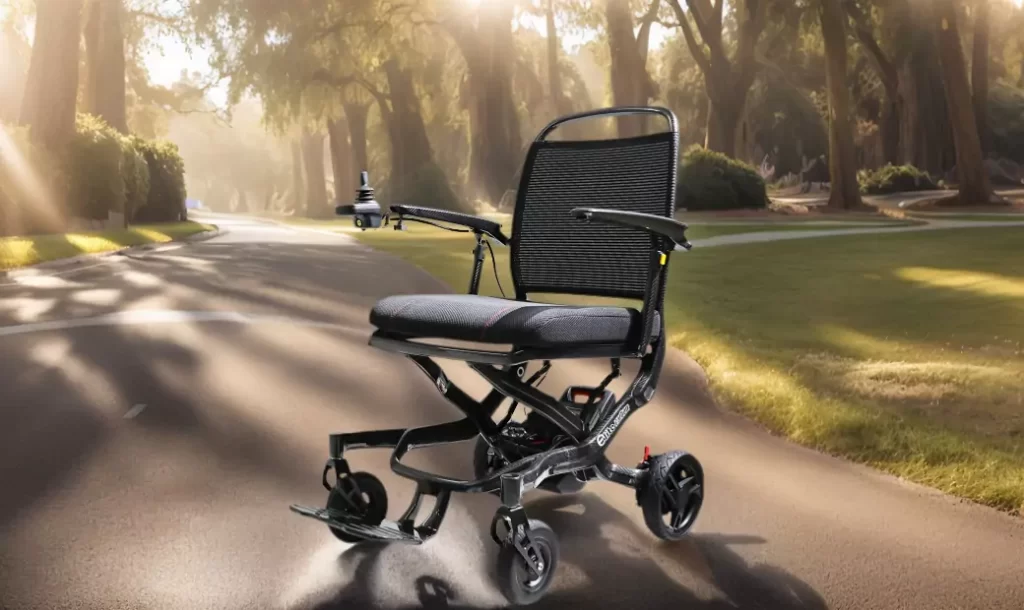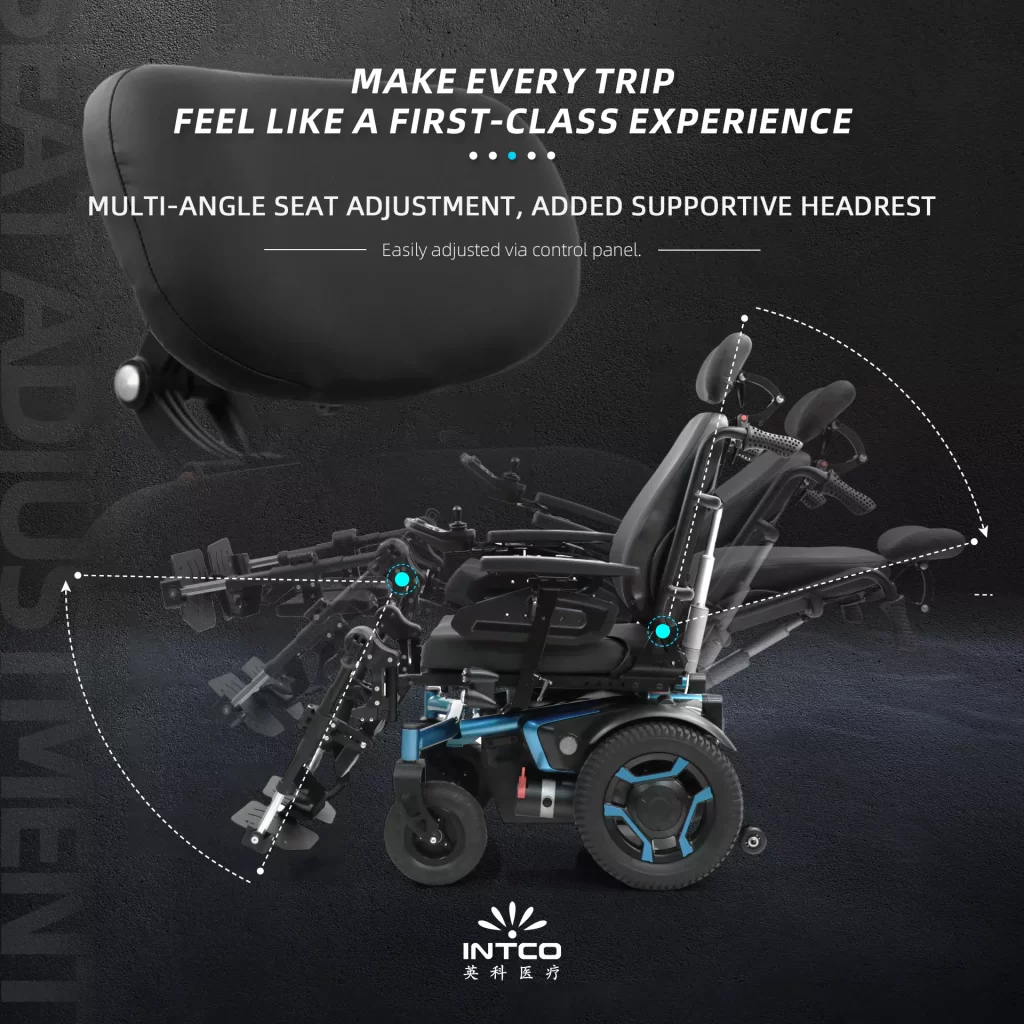Contact Us
How to Choose the Best Power Wheelchair: Features, Battery Life & More
2025-07-11
Power wheelchairs have transformed the way people with limited mobility experience independence. Whether due to aging, injury, or chronic conditions, a power wheelchair offers a reliable and comfortable solution for daily movement. But with so many models on the market, how do you choose the best one for your needs?
This guide breaks down everything you need to know—from understanding what a power wheelchair is to identifying the features that matter most, like battery life, maneuverability, and comfort.
What Is a Power Wheelchair?
A power wheelchair (also known as an electric wheelchair) is a motorized mobility device powered by a rechargeable battery. Unlike manual wheelchairs that require physical strength to move, power wheelchairs use a joystick or control panel to navigate, making them ideal for users with limited upper-body strength or stamina.
Power wheelchairs are used indoors and outdoors and can be customized for various levels of mobility and lifestyle preferences.
Why Choose a Power Wheelchair?
Choosing a power wheelchair offers several benefits:
-
Effortless mobility: Ideal for individuals with limited physical strength.
-
Customizable: Features can include recline functions, tilt-in-space systems, or adjustable leg rests.
-
Outdoor access: Many models are designed for outdoor terrain.
-
Increased independence: Users can travel longer distances without fatigue.
Key Features to Consider When Choosing a Power Wheelchair
Type of Drive System
Power wheelchairs come in three main drive types:
-
Front-Wheel Drive (FWD): Better at climbing over obstacles and good for indoor use.
-
Mid-Wheel Drive (MWD): Offers the tightest turning radius, making it ideal for small spaces.
-
Rear-Wheel Drive (RWD): More stable at higher speeds and better for outdoor use.
Choosing the right drive system depends on where you’ll use the wheelchair most.
Battery Life and Range
Battery life is one of the most critical aspects of a power wheelchair. Most models offer a range of 10–20 miles per charge, depending on factors like:
-
Battery type (lithium vs. lead-acid)
-
Terrain
-
User weight
-
Speed
Look for a wheelchair with sufficient battery capacity for your daily needs. Some high-end models feature dual batteries for extended range.
Comfort and Seating Options
Spending several hours a day in a power wheelchair means comfort is essential. Key comfort features include:
-
Padded and contoured cushions
-
Adjustable seat depth and width
-
Reclining or tilt-in-space functionality
-
Lumbar support and adjustable headrests
You may also want to look for pressure-relief cushions to prevent sores, especially for long-term use.
Weight Capacity and Frame Durability
Always check the wheelchair’s maximum weight capacity and whether the frame is made from steel, aluminum, or carbon fiber. Heavy-duty models are available for users over 300 lbs and often come with reinforced frames and wider seats.
Lightweight frames are easier to transport and store but may have lower weight limits.
Portability and Foldability
If you travel frequently or need to transport the wheelchair in a vehicle, portability becomes crucial. Look for:
-
Foldable or collapsible designs
-
Quick-release batteries
-
Disassemblable components
Some compact power wheelchairs are airline-approved, making them ideal for air travel.
Additional Considerations Chart
| Factor | Description | Recommended For |
| Control System | Joystick, head control, chin control, sip-and-puff systems | Users with different levels of hand mobility |
| User Interface | Programmable controllers, speed/brake adjustment | Those needing precise control |
| Tires & Terrain | Solid vs. pneumatic tires, all-terrain capability, shock-absorbing suspension | Indoor/outdoor users, rough or uneven surfaces |
| Ground Clearance | At least 2–3 inches recommended | Outdoor and obstacle-prone environments |
| Speed & Performance | Average 3.5–5.5 mph; high-speed options available | Long-distance travel or active users |
| Turning Radius | Mid-wheel offers tightest radius | Indoor use or small apartments |
Top Questions to Ask Before Buying
Final Thoughts
Choosing the best power wheelchair isn’t just about price or appearance. It’s about matching the product’s features with your lifestyle, medical condition, and mobility goals. From understanding what a power wheelchair is to analyzing features like battery life, seating comfort, and portability, this decision can significantly impact your daily quality of life.
Don’t rush the process—test models when possible, compare specifications, and consult with a mobility expert or healthcare provider.
FAQs
Q: What is a power wheelchair used for? A: It’s used to help individuals with limited mobility move independently without manual propulsion.
Q: How long does a power wheelchair battery last? A: On average, 1–3 years, depending on usage and maintenance. Each charge typically provides 10–20 miles of range.
Q: Can power wheelchairs go on planes? A: Many lightweight and foldable models are airline-approved, but always check with your airline beforehand.




